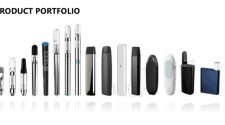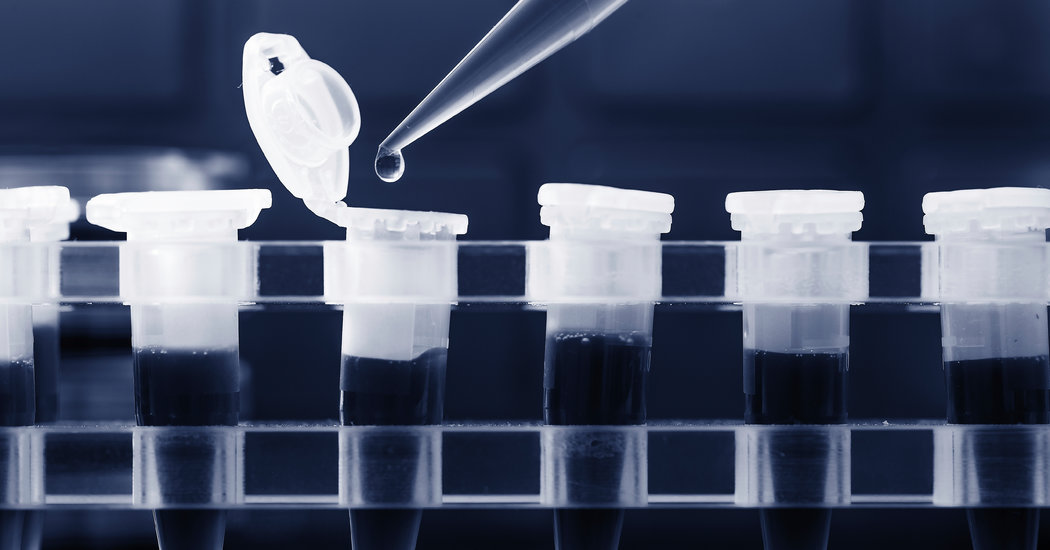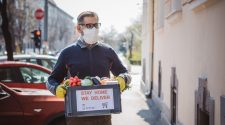A team of scientists has developed an experimental prototype for a fairly quick, cheap test to diagnose the coronavirus that gives results as simply as a pregnancy test does.
The test is based on a gene-editing technology known as Crispr, and the researchers estimated that the materials for each test would cost about $6.
“We’re excited that this could be a solution that people won’t have to rely on a sophisticated and expensive laboratory to run,” said Feng Zhang, a researcher at the Broad Institute in Cambridge, Mass., and one of the pioneers of Crispr technology.
Two other teams of researchers, one in Buenos Aires and the other in San Francisco, are also working to devise new tests to detect the virus using gene-editing technology.
Dr. Joshua Sharfstein, a professor of health policy at Johns Hopkins University Bloomberg School of Health, said that it was important that scientists search for new kinds of tests for the coronavirus. But he cautioned that the research so far offers only a proof of concept, and that it remains to be seen how well the test would perform in real-world conditions compared to the standard tests now in use, known as polymerase chain reaction, or PCR.
“There’s a long way to go from that to a scalable technology that works,” he said.
PCR is a venerable technology, invented 45 years ago by the biologist Kary Mullis. It allowed scientists to find pieces of DNA that contained a particular sequence, even if that sequence was extremely rare.
The researchers began by creating special tags that could grab onto the particular piece of genetic material they wanted to find. Once a piece was tagged, they could duplicate it. Repeating this procedure over and over again, PCR could create billions of new copies of the original piece.
On its own, a single piece of DNA was too small to detect, but billions of copies were easy to spot. But if a sample did not contain the desired sequence, PCR would yield nothing.
Dr. Mullis won the Nobel Prize in 1993 for inventing PCR. It proved to be a workhorse for biological research, as well as for forensic DNA tests and other applications. In January, when scientists discovered the coronavirus that causes Covid-19, they used its genetic sequence to create PCR tests for it.
In a pandemic, however, PCR has some drawbacks. Its recipe involves many steps, which are typically carried out by trained technicians.
Some companies have invented self-contained devices that test for the coronavirus and deliver a result in minutes. But the price tag for the devices can be steep, and the chemical supplies have sometimes been hard to come by.
In order for states to safely reopen, public health experts say that millions of people will have to be tested every day. But the current state of testing is falling far short of that goal. Dr. Zhang and his colleagues hope to fill that gap with tests that were affordable and easy enough to use without special expertise.
“You really need new technologies that are more distributed, that don’t require thousands of trained people or need centralized labs,” said Omar Abudayyeh of M.I.T., one of Dr. Zhang’s collaborators.
Dr. Abudayyeh, Dr. Zhang, and their colleague Jonathan Gootenberg at M.I.T.’s McGovern Institute have been trying out Crispr to see if it can work as that new technology.
Crispr originally came to fame several years ago as a way to precisely edit DNA. Like PCR, the procedure begins with the creation of a molecular tag that can lock onto a particular spot in a gene.
The tag carries with it an enzyme. When the tag lands on the DNA, the enzyme cuts it at that spot. Crispr can be used to snip out a segment of DNA, or even replace it with a new piece.
In recent years, scientists have figured out new things to do with Crispr’s tags and enzymes. Dr. Zhang and other researchers have been retooling it as a way to detect viruses.
They fashion a tag that zeros in on a viral gene. But instead of cutting the gene, the enzyme gives off a signal that it has reached the target.
In March, researchers at University of Buenos Aires in Argentina and at CASPR Biotech in San Francisco published the details of a Crispr-based test for the coronavirus. They posted a preprint online that has not yet gone through peer review. Last month, researchers at the University of California, San Francisco, and at Mammoth Biosciences published another Crispr-based test in the journal Nature Biotechnology.
Dr. Zhang’s team has been working on a test of their own as well. They built it on research they published last year, before the pandemic. They created a Crispr-based system for detecting viruses they called Sherlock, short for Specific High-sensitivity Enzymatic Reporter Unlocking.
Earlier this year, they adapted the Sherlock test to find the coronavirus. But their test, like those from other groups, required moving a sample into a series of tubes to carry out separate reactions.
“It’s a little inconvenient, especially if you want to scale it up,” Dr. Zhang said. “So we focused our efforts on turning it into something that’s easy to run.”
Recently, the researchers figured out how to combine a lot of the reactions in a single tube, allowing them to run the test faster and more cheaply. They called the method STOPCovid.
The process starts with putting samples in a tube with chemicals that can tear open viruses. The researchers then use an eye-dropper-like device to move some of the liquid into a second tube containing the Crispr molecules.
For the reactions to finish, the tubes need to sit in water at 140 degrees Fahrenheit for an hour. To see if the coronavirus is present, the researchers devised a procedure similar to a pregnancy test: They stuck a piece of paper in the tube. Two lines appearing on the paper meant the coronavirus was present.
The researchers tried out the test on samples from 12 patients with Covid-19. For 11 of them, they successfully detected the virus on 3 out of 3 tries. For the 12th, they succeeded 2 out of 3 times. When they tested five healthy people, all consistently tested negative. The researchers found that the test worked both on nasal swabs and saliva.
The researchers estimate that the materials for one test would come to about $6. They are in discussions with manufacturers to create a single cartridge in which the two steps could take place. They expect that with mass production, the cost would go down even further.
Dr. Zhang and his colleagues have set up a website with the instructions for STOPCovid in the hope that other researchers will try out their procedure and find ways to improve it.


















